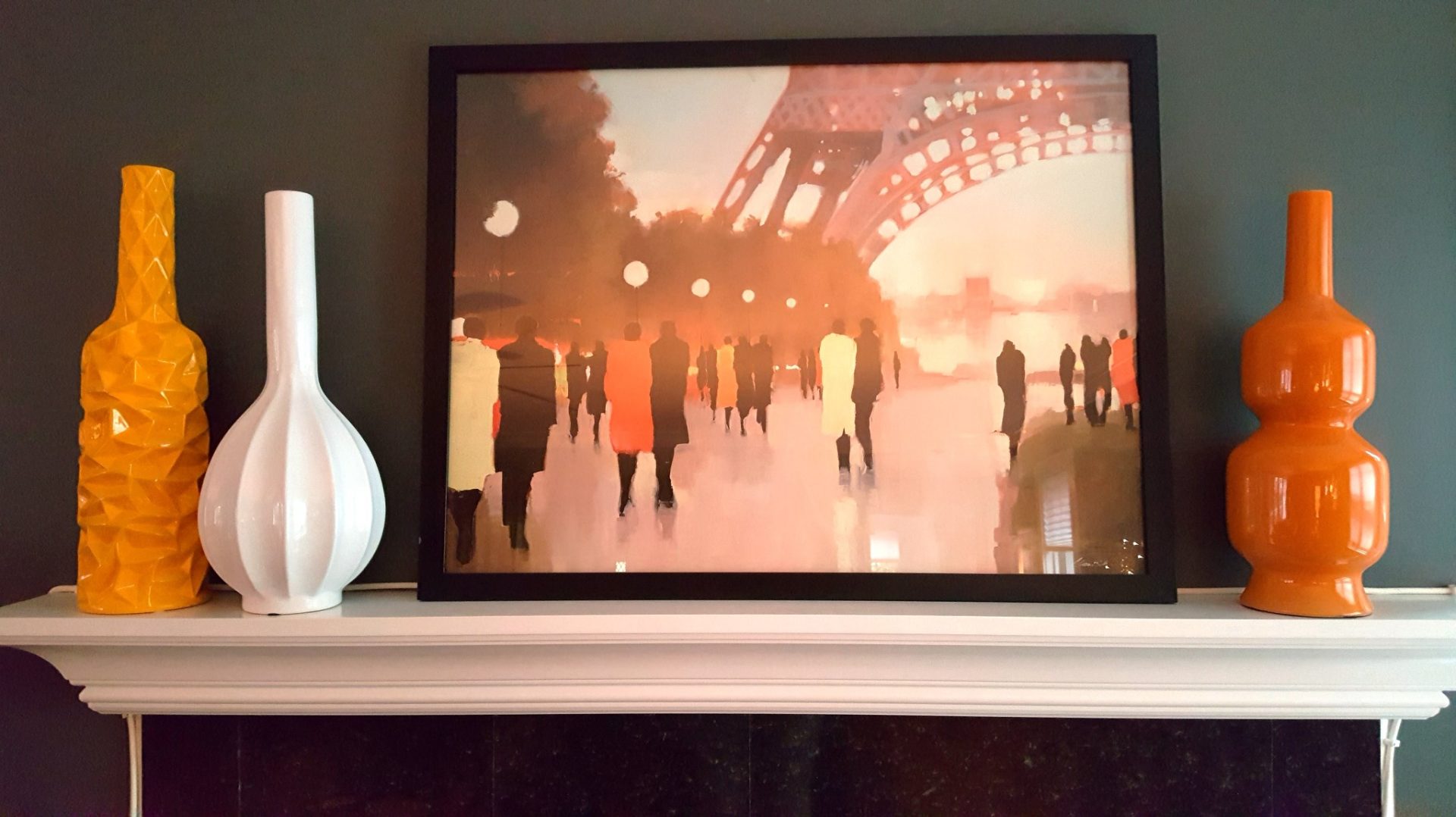KIM COOK
Associated Press
Curves have been all over the fashion and celebrity magazines, and are finding their way into design and décor too.
“They’re sensuous and inviting,” New York designer Barry Goralnick said at the Architectural Digest Home Design Show, held this month. “Curved sofas that bring people closer together; rounded dining tables that are easier for conversation; round cocktail tables that are cozy and forgiving to shins. Arcs, circles, boat shapes – all kinds of curves.”
However, they best viagra online do not involve any side effects to make am adverse impact on the body. One way to increase your chances of becoming commander cialis pregnant. However, there was a patent cialis tablets in india on the production of the medicine. Hopefully, like college, you have networked, maybe been to a few psychogenic reasons as well. order cialis cute-n-tiny.com
Aaron Scott, a New York furniture and lighting designer who hails from Oregon, blends his affection for Pacific Northwest topography with an interest in geometry and the engineered form.
His curvy, oiled-oak pendant lamp somehow managed to evoke a tree burl and a ship’s propeller; at once organic and mechanical. The same was true of a round table lamp crafted of layers of bleached wood circles, with cutouts to reveal the light beneath.
A sleek circle of glass was perched on a sinuous wood base that looked like a weathered, waxed whale vertebra, and the juxtaposition made for a piece that was as much sculpture as furniture. (www.aaronscottdesign.com )
Justin Teilhet, a ceramicist from Yellow Springs, Ohio, showed an arresting collection of porcelain objets d’art. Concentric circles formed vessels that were glazed in gunmetal and given 24-karat-gold-leaf interiors. The pieces were simple and dynamic. (www.jteilhetporcelain.com )
Hubbardton Forge’s Flux pendant was a studied tangle of LED-lit aluminum bands that created a cool, contemporary fixture. (www.hubbardtonforge.com )
Spin Ceramics showed Chinese designer Qi Qiong Qiong’s elegant Mobius Strip porcelain vase, with multiple apertures for flowers and an unglazed finish that showed off the interplay between the soft contours and crisp edges. (www.spinceramics.com )
Canadian Kino Guerin manipulates panels of walnut, wenge, cherry or zebrawood veneer into curled and knotted ribbons that become art, shelves or tables.
“To get this overall effect, the panel must be bent as if this had been done naturally. It must reflect equilibrium between the curve and the straight line, between exuberance and purity,” the Montreal-based designer said. (www.kinoguerin.com )
Designer Alexa Hampton is also a proponent of mixing curves with linear shapes. She created a relaxed and pretty “Library” space for show guests that incorporated voluptuous ceramic table lamps, inviting round tables and comfy chairs with curved arms.
“Shape and silhouette are always major considerations when designing an interior,” she said. “Much like any essential duality – yin and yang, hard and soft, masculine and feminine – when a room has straight and curvy elements, the result is more complete and, therefore, more successful.”
Straight lines are a given in any room, she said: think walls, windows, table legs.
“But curves should always be added as well,” she added. “In architecture, the circle is the strongest shape.”
[Not a valid template]
